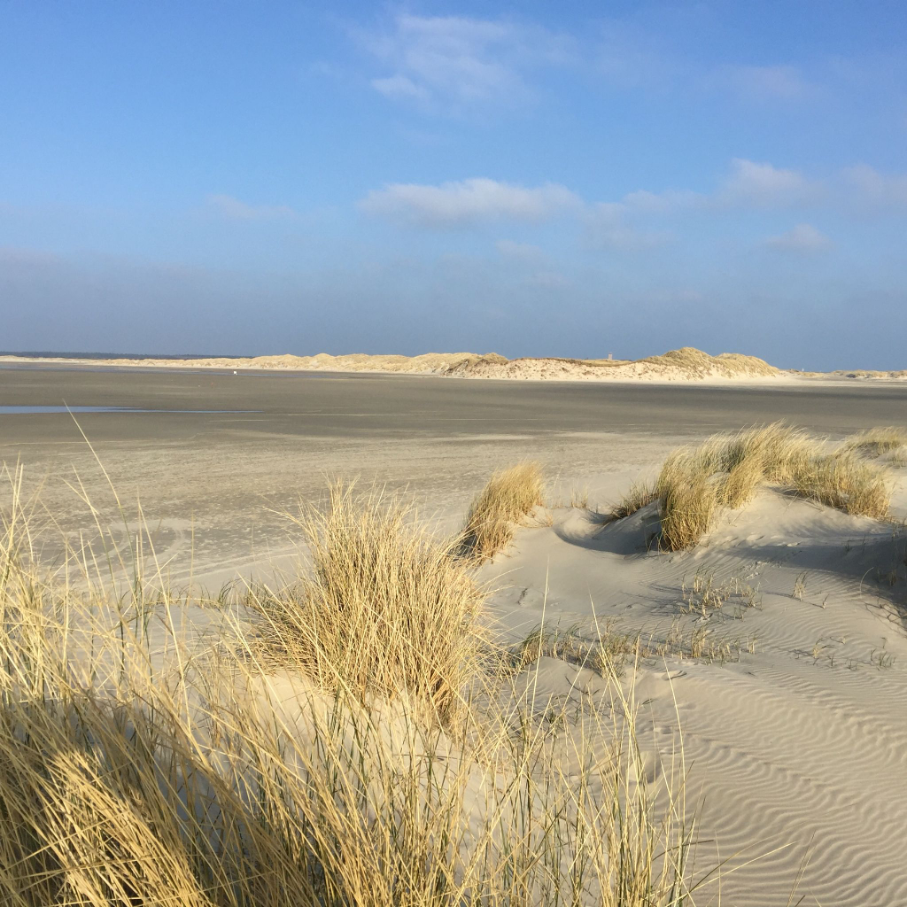Silence and Our Inner Knowing

When we are in nature, we are often touched by the silence around us.
These are moments in life when time seems to stand still. The ancient Greeks used the term Nunc Stans for this, which refers to a Standing Now! Heidegger described it as Augenblick, which can be translated as ‘a glance.’ According to Heidegger, this means more than just a fleeting moment; it refers to a moment of insight or vision (Einblick), often carrying an almost mysterious depth.
These moments, however brief, have the power to completely change our perspective. They can occur unexpectedly and give our lives new direction by initiating a profound change in how we view existence.
It is a calming and profound experience that we live through with full attention. This silence does not just surround us but also finds its way inward. We feel the tranquility flow from the outside to the inside, placing us at the center of the stillness. As we listen to the silence, it evokes an inner stillness within ourselves. Only by being inwardly still can we become aware of the silence around us. In these moments, our thoughts are absent, and the silence merges with our consciousness in a formless, timeless space. This space feels peaceful and fertile—a source of new ideas and creative inspirations.
Eckhart Tolle writes in The Power of Now that this stillness connects us to our deep Self and places us fully in the Now. The moment our thoughts drift to the past or the future, the inner stillness is disrupted, and our ego takes over. This is not wrong, as long as we are aware of it and can direct it. By returning to listening to the silence, we come back to the Now.
Interestingly, the English language distinguishes between silence and stillness. While silence describes the absence of sound, stillness refers to inner quiet—a mindful waiting without expectations. The French word attendre (to wait) closely relates to attention (focus), as Simone Weil noted. Heidegger also states in his Introduction to Metaphysics that “to ask is to be able to wait,” which is not easy in a time where everything must happen quickly. This requires a moment of reflection before responding, bringing us to the concept of time.
Time, like silence, has two dimensions. On one hand, there is measurable clock time, Chronos, as Joke Hermsen describes in Stil de Tijd. On the other hand, there is inner time, Kairos, which we experience as duration or even timelessness. This inner time brings us closer to our deep Self and, like inner stillness, becomes a rich source of inspiration and creativity.
Kairos is often associated with the idea of “sacred time,” as these inspired and mindful moments interrupt the everyday, linear clock time. This kind of time creates a temporary interlude in which, if only for an indeterminate instant, we glimpse eternity. While Chronos represents the horizontal axis of time—the linear, measurable time we use to structure our lives—Kairos symbolizes the vertical axis. This vertical time arises when we find enough rest, intuition, and depth, and the ticking of clock time momentarily comes to a halt.
In such a moment, we forget the pressure of the clock and enter another experience of time. This dimension not only feels more spacious and fuller but also offers unexpected insights and new possibilities. We escape the rush of Chronos and discover a deeper, more meaningful sense of time. As William Faulkner put it: “Only when the clocks stop does time come to life.”
During walks in nature, such as on a wilderness trail, we discover what silence and timelessness truly mean. We see how a landscape, a tree, or a flower stands quietly rooted in its Being. The same applies to music: it is the silence between the notes that makes the music so special. Or in conversations: the silences that fall often speak more than words.
Although the absence of sound can be helpful, we do not need it to find inner stillness. By the sea, for instance, we experience how silence exists beneath the sound of the waves and the cries of seagulls. It is this natural silence that connects us to our inner peace and timelessness. This experience, which many have shared with us during a trail in unspoiled nature, brings peace and harmony.
Merleau-Ponty describes in The Phenomenology of Perception that our openness as humans is always situated: we respond to the invitations of the reality around us. Nature and silence invite us to let go of our preconceptions and respond in a new way. They lead us to the source of our inner knowing. Together, in that silence, we learn to listen to what truly matters.

Share or write a comment